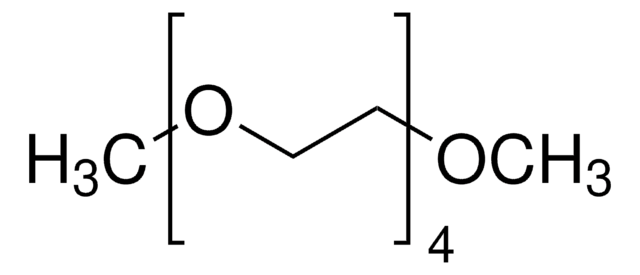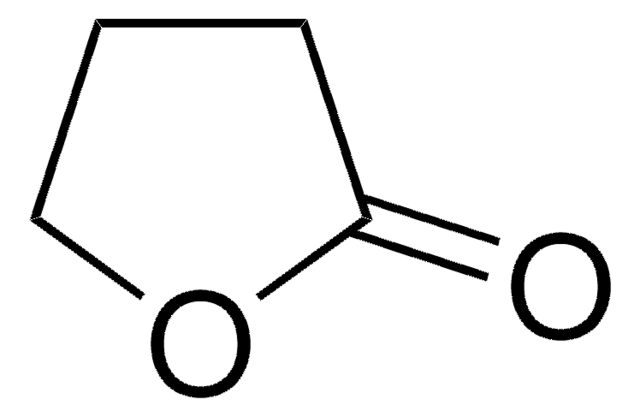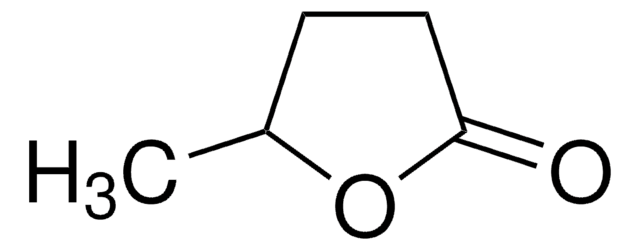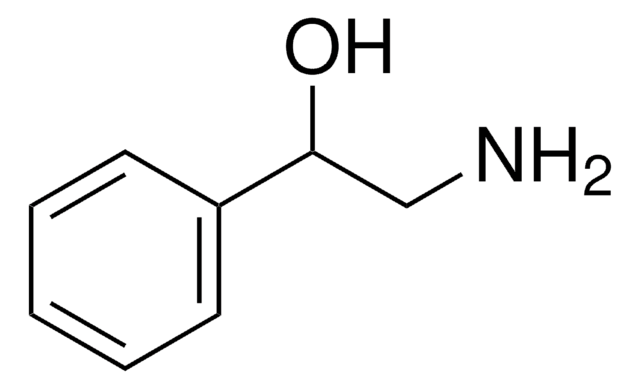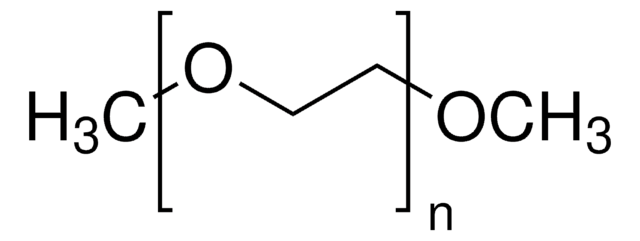02659
Tetraethylene glycol dimethyl ether
analytical standard
Synonym(s):
2,5,8,11,14-Pentaoxapentadecane, Bis[2-(2-methoxyethoxy)ethyl] ether, Dimethoxytetraethylene glycol, Dimethyltetraglycol, Tetraglyme
About This Item
Recommended Products
grade
analytical standard
Quality Level
vapor density
7.7 (vs air)
vapor pressure
<0.01 mmHg ( 20 °C)
Assay
≥99.7% (GC)
autoignition temp.
510 °F
shelf life
limited shelf life, expiry date on the label
range of application measuring range
≤60 °C
refractive index
n20/D 1.432 (lit.)
n20/D 1.432
bp
275-276 °C (lit.)
mp
−30 °C (lit.)
density
1.009 g/mL at 25 °C (lit.)
application(s)
environmental
format
neat
SMILES string
COCCOCCOCCOCCOC
InChI
1S/C10H22O5/c1-11-3-5-13-7-9-15-10-8-14-6-4-12-2/h3-10H2,1-2H3
InChI key
ZUHZGEOKBKGPSW-UHFFFAOYSA-N
Looking for similar products? Visit Product Comparison Guide
General description
Application
Signal Word
Danger
Hazard Statements
Precautionary Statements
Hazard Classifications
Repr. 1B
Supplementary Hazards
Storage Class Code
6.1C - Combustible acute toxic Cat.3 / toxic compounds or compounds which causing chronic effects
WGK
WGK 1
Flash Point(F)
276.8 °F - closed cup
Flash Point(C)
136 °C - closed cup
Personal Protective Equipment
Choose from one of the most recent versions:
Certificates of Analysis (COA)
Don't see the Right Version?
If you require a particular version, you can look up a specific certificate by the Lot or Batch number.
Already Own This Product?
Find documentation for the products that you have recently purchased in the Document Library.
Customers Also Viewed
Our team of scientists has experience in all areas of research including Life Science, Material Science, Chemical Synthesis, Chromatography, Analytical and many others.
Contact Technical Service